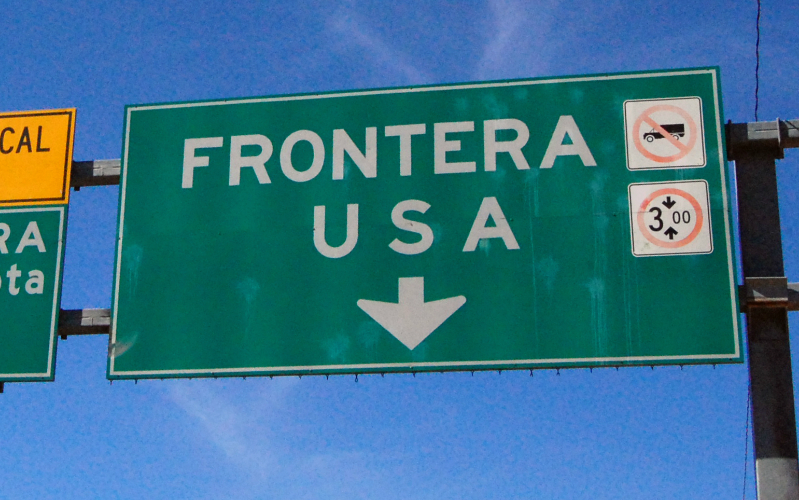Finland shares an 810-mile border with Russia, and has maintained an uneasy truce with its bullying neighbor, and Finland’s western neighbor Sweden cooperates with NATO but has never joined it. Since late February, however, both nations witnessed Russia attack Ukraine and then witnessed NATO and Europe wake up from their political and military slumber.
 A threat to join NATO is now a certainty after prime ministers from both nations met April 13 to discuss their joint plans.
A threat to join NATO is now a certainty after prime ministers from both nations met April 13 to discuss their joint plans.
At a joint press conference, Finland’s prime minister, Magdalena Andersson, told reporters “everything had changed” after Russia attacked Ukraine.
“The difference between being a partner and a member is very clear and will remain so,” she said, referring to Finland’s relationship with NATO. “There is no other way to have security guarantees than under NATO’s deterrence and common defense as guaranteed by the alliance’s Article 5.”

That statement seems to suggest Putin has pushed Finland into the arms of NATO alliance, which is an ironic change of defensive policy considering Putin claimed he invaded Ukraine to prevent that country from becoming a NATO member.
Reacting to the ongoing war, national security analyst Kirk Lippold tells AFN he is watching a high-stakes standoff in Europe in which Russia is threatening a nuclear strike if NATO gains new members, including one that shares a border with it.
Russia, Lippold says, would pay a heavy price if it it follows its own doctrine and drops a small nuke.
“Even if you set off a low-yield battlefield nuclear weapon,” says Lippold, a former U.S. Navy commander, “it is going to have strategic implications.”
 AFN has reported that Russia’s ongoing nuclear threats line up with an ominous Kremlin doctrine that dropping a low-yield nuke is part of a strategy to dominate on a losing battlefield and a political strategy to threaten neighbors. In other words, it is not only a possibility it is an actual military plan known as “escalate to de-escalate.”
AFN has reported that Russia’s ongoing nuclear threats line up with an ominous Kremlin doctrine that dropping a low-yield nuke is part of a strategy to dominate on a losing battlefield and a political strategy to threaten neighbors. In other words, it is not only a possibility it is an actual military plan known as “escalate to de-escalate.”
The war in Ukraine, now in its ninth week, began with a threat from Putin when he announced Russia’s nuclear forces were being put on a “high alert.” Putin said then he was doing so because of “aggressive statements” by NATO over the invasion, then three days old, and weeks before the invasion had turned much of the world against Russia.
This week, on April 20, Russia’s defense ministry said it successfully test-fired a new nuclear-capable intercontinental ballistic missile that Russia claims is faster than any other and can evade detection.
 A Russian official, who oversees production of the missile, called it a “superweapon” and a “present to NATO” in an online post, The Associated Press reported.
A Russian official, who oversees production of the missile, called it a “superweapon” and a “present to NATO” in an online post, The Associated Press reported.
At the Pentagon, spokesman John Kirby told reporters Russia had informed the U.S. of the test launch as required by a U.S.-Russia nuclear treaty.
"Such testing is routine. It was not a surprise," Kirby said. "We did not deem the test to be a threat to the United States or its allies.”
To date, the U.S. has postponed two scheduled test launches of nuclear-capable intercontinental missiles in an effort to lower tensions with Russia.







